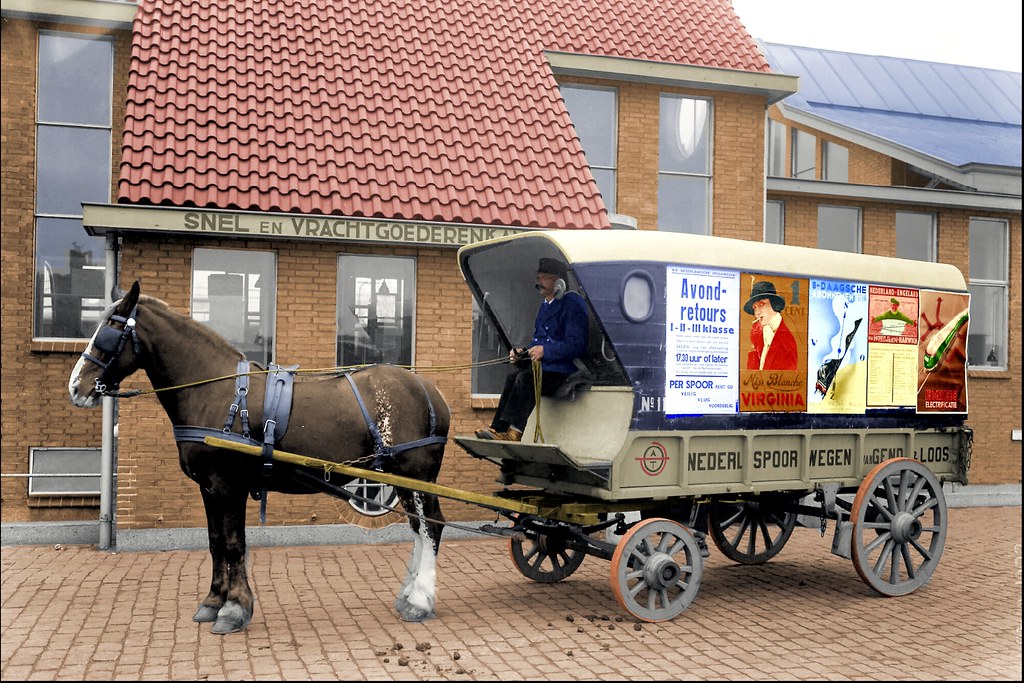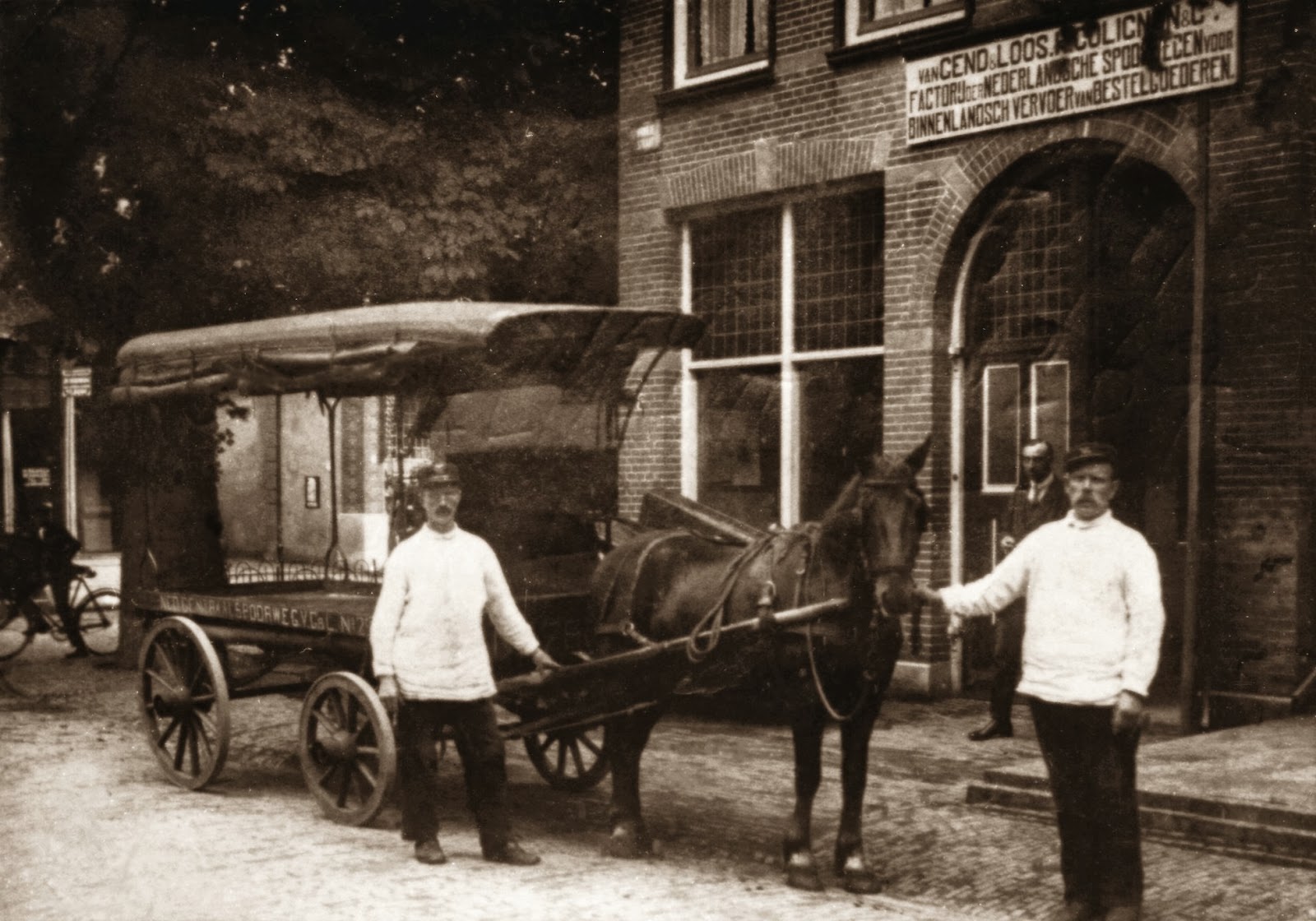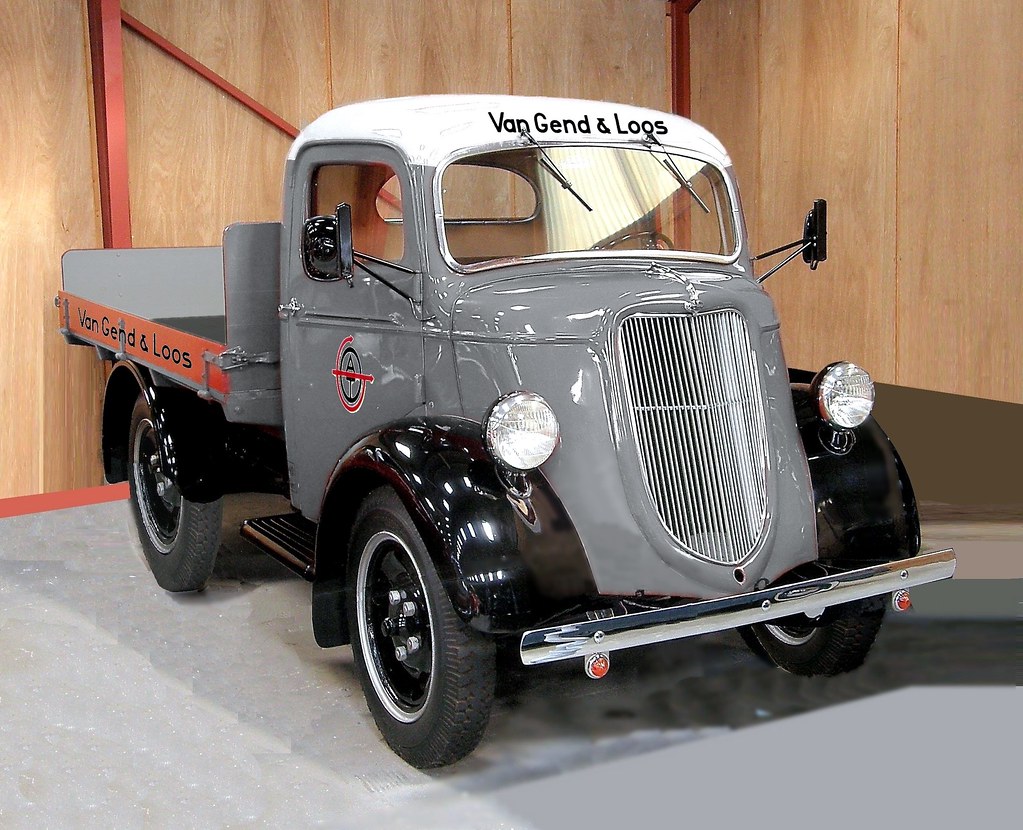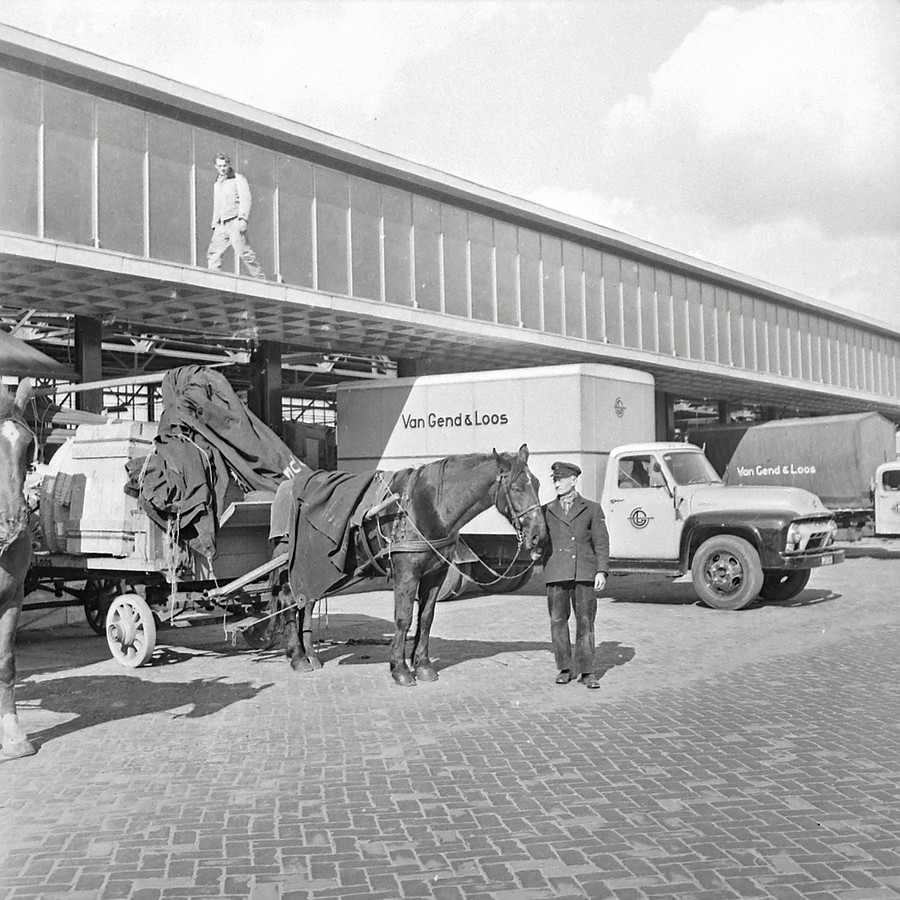
Van Gend en Loos auto. Oude trucks, Busjes, Nostalgie
Van Gend en Loos, voluit Van Gend en Loos t. Nederlandse administratie der belastingen ( HvJ 5 februari 1963 , 26/62, ECLI:EU:C:1963:1 , Jur. 1963, p. 3 .) is de roepnaam van een standaardarrest van het Hof van Justitie van de Europese Gemeenschappen gewezen op 5 februari 1963, betreffende een verzoek om een prejudiciële beslissing van de.

1938 Paard&Wagen "Van Gend & Loos" a photo on Flickriver
The Van Gend & Loos case was triggered by a company that claimed that Dutch customs duties on a product imported from West Germany were in violation of the standstill clause contained in Article 12 of the Treaty of Rome.

Van Gend & Loos Stichting Cultureel Erfgoed Enschede
Case 26/62 Van Gend en Loos by Lawprof Team In shop: First-class Oxbridge premium notes Law has never been this simple Go to shop Key point This case established that Treaty provisions have direct effect in national law i.e., they can be relied upon by individuals in national courts A provision must be clear and unconditional to have direct effect

DAF Van Gend & Loos Vintage Trucks, Old Trucks, Cars Trucks, Train Truck, Road Train, Classic
The seminal case of Van Gend & Loos offered the Court an opportunity to proclaim the doctrine of the direct effect of EU law within the legal orders of the Member States. In practice, this means.

Erfgoed spat van de Van Gend en Loosmuren De Erfgoedstem
William Phelan Chapter Get access Share Cite Summary This chapter discusses the Court's 1963 judgment, Van Gend en Loos, where the Court declared that European law could be relied upon by private individuals before their national courts.

Westzeedijk Goederen van Gend & Loos 1957 Oude trucks, Vrachtwagens, Rotterdam
This essay examines, first, the reasons for the extraordinary impact and iconic status which are attached to Van Gend en Loos. It argues that the explanation lies in a confluence of structural factors and not in the 'direct effect' doctrine simpliciter. It then looks at the 'darker' side of the case - a proxy for governance - its.

An early 20th century Van Gend & Loos delivery truck Van Gend & Loos Wikipedia
Van Gend en Loos, a postal and transportation company, imported urea formaldehyde from West Germany to the Netherlands. The authorities charged them a tariff on the import. Van Gend en Loos objected, stating that it was a clear violation of Article 12 of the Treaty of Rome (now replaced by Article 30 TFEU), which stated:

Geheugenvanbaarn.nl Jan Daatzelaar bij Van Gend en Loos
In Van Gend en Loos [1] it was decided that a citizen was able to enforce a right granted by European Community legislation against the state - the question of whether rights could be enforced against another citizen was not addressed. In Defrenne v.

Van Gend & Loos Erwin de Rooy FotografieErwin de Rooy Fotografie
The 5 February 1963 judgment of the Court of Justice in Case 26/62 N.V. Algemente Transport- en Expeditie Onderneming van Gend & Loos v Nederlandse administratie der belastingen (in short 'Van Gend & Loos') is one of the milestones of the Court's jurisprudence and a fundamental building block of EU constitutional law, 'universally celebrated as perhaps the most important case of the Court.

DAF Van Gend & Loos Truck met Rolcontainer Aanhanger met slingermechaniek, jaren 50 Vintage
On 13 May 2013, at the seat of the Court of Justice in Luxembourg, a day of reflection took place to commemorate the 50th anniversary of the judgment in Van Gend en Loos, delivered on 5 February 1963.During the day, the judgment was examined as a source of and a framework for the principles which have shaped the constitutional structure of the European Union and from the point of view of its.

Fordson Van Gend & Loos / ATO a photo on Flickriver
The Van Gend en Loos judgment is consequently not just a historical event of limited importance for contemporary affairs. It constitutes a focal point for a rich patchwork of constantly reproduced historical memory and myths used for ideological purposes. This makes the judgment particularly ripe for historical analysis.

PN3679 Commer BF3023 "Van Gend en Loos"
Van Gend en Loos is a case with more than a single protagonist—central both to its genesis and its subsequent impact. The very decision by the Dutch court to make a preliminary reference (and the truly breakthrough decision of the lawyers who pleaded the case to request such) was not only procedurally and politically bold but conceptually.

Pin op Van Gend en Loos
The judgment - usually mentioned in one breath with its Italian twin Flaminio Costa v ENEL - is known as one of the landmark decisions that made the EU what it is today, with EU lawyers claiming that the EU may not even have survived without them. The Court of Justice itself celebrated the anniversary of the decision with a festive event in 2013.
(9ECF340666C94F7D7DC51BFF37F1E429).jpg)
Een wagen met paarden van Van Gend en Loos. Geheugen van Oost
Van Gend & Loos was a Dutch distribution company. It was established in 1809, and was purchased by DHL in 2003. History Van Gend & Loos was established by the Antwerp -based innkeeper and carriage driver Jan-Baptist van Gend. He had married a woman from the Loos family in 1796.

Wie in 1956 met paard en wagen voor Van Gend en Loos? Foto AD.nl
EUR-Lex - 61962CJ0026 - EN - EUR-Lex EUROPA EUR-Lex home EUR-Lex - 61962CJ0026 - EN Document 61962CJ0026 Judgment of the Court of 5 February 1963. NV Algemene Transport- en Expeditie Onderneming van Gend & Loos v Netherlands Inland Revenue Administration. Reference for a preliminary ruling: Tariefcommissie - Netherlands. Case 26-62.

Van Gend en Loos Vintage advertising posters, Old advertisements, Vintage advertisements
The claimants, van Gend en Loos, imported chemicals from Western Germany to the Netherlands where they were asked to pay import taxes at Dutch customs, the defendants, which they objected to on the grounds it ran contrary to the European Economic Community's prohibition on inter-State import duties, as per Article 12 of the Treaty of Rome.